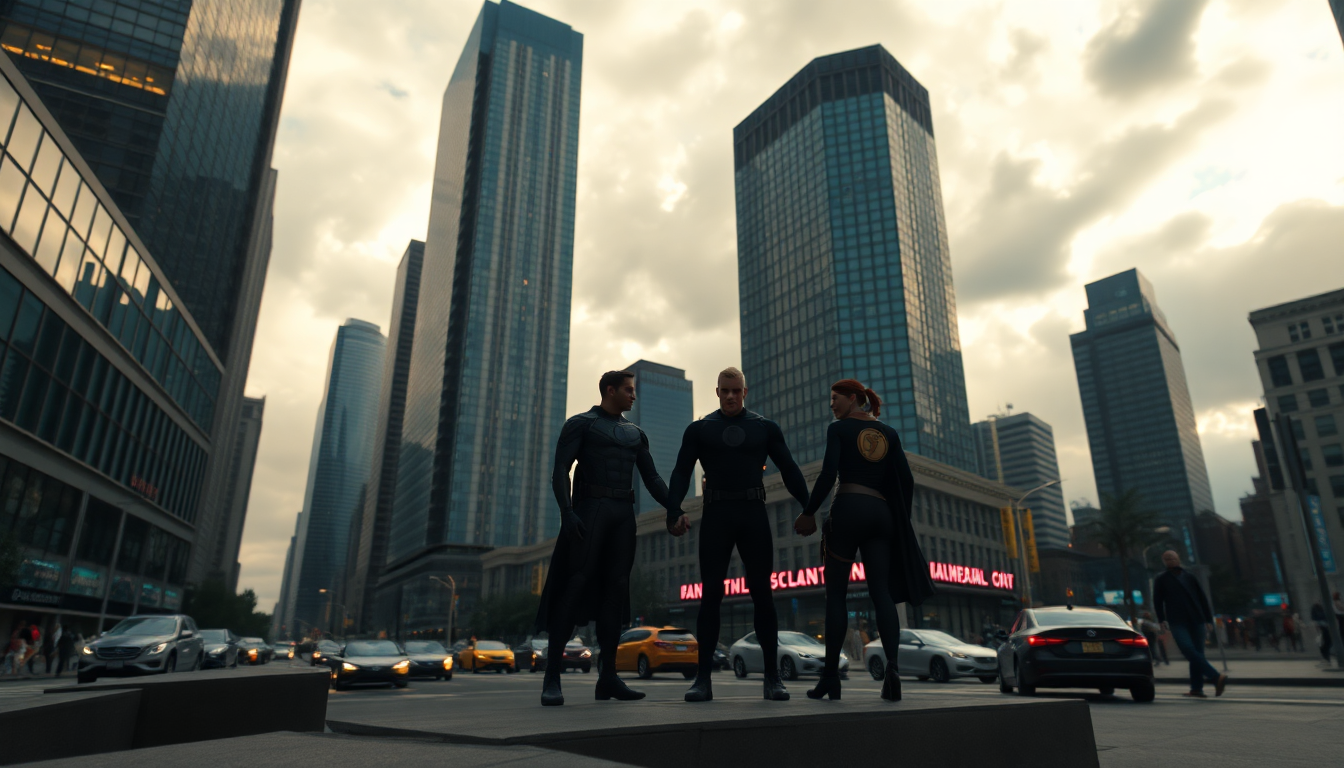Table of Contents
The world of superhero movies is changing fast, especially with the rise of characters who have mind-blowing powers. Take the latest film, The Fantastic Four: First Steps, for instance. It dives into what having superhuman abilities really means, particularly when family ties and emotional stakes are at play. Let’s break down how this film is reshaping the superhero narrative and what it could mean for the future of storytelling in this genre.
Power Dynamics and Emotional Stakes
Right from the start, the film grabs your attention with the anticipation of Reed Richards and Sue Storm welcoming their child, who turns out to possess the *power cosmic*—a force that goes beyond ordinary superhero capabilities. This choice sparks intriguing questions about the weight of such immense power and the responsibilities that follow. Initially, Reed is over the moon about the pregnancy, but that excitement quickly shifts to a deep-seated worry for their child’s safety, especially with menacing threats like Galactus on the horizon. The contrast between parental love and cosmic danger creates a tension that many viewers can relate to.
As the plot thickens, we witness Sue Storm make a heart-wrenching sacrifice to protect their child. This moment beautifully encapsulates the themes of love and sacrifice that are central to the superhero genre. In a touching scene, their child, Franklin, reaches out to revive his mother using the sheer force of his powers. This not only showcases the unbreakable bond between parent and child but also raises compelling questions about the moral dilemmas of having such abilities. Can a kid with god-like powers figure out the difference between right and wrong? The film teases these complex issues, hinting at exciting conflicts that may arise in the future.
Character Development and Narrative Potential
While the *power cosmic* could easily become a narrative crutch, The Fantastic Four: First Steps skillfully sidesteps this pitfall by rooting Franklin’s character growth in relatable experiences. His journey from a vulnerable infant to a potential powerhouse opens the door for a rich exploration of growth and responsibility. As Franklin matures, the film hints at the challenges he may encounter, especially with adversaries like Doctor Doom lurking in the shadows, just waiting to exploit his abilities.
The mid-credits scene brings Doctor Doom into the picture, an iconic villain with a tangled history with the Richards family. This not only sets up thrilling conflicts ahead but also emphasizes that with great power comes even greater threats. The emotional stakes are amplified as the Fantastic Four must protect their child while grappling with the broader implications of their powers in a universe rife with danger. As Franklin’s journey unfolds, audiences are left to wonder how he will tackle these formidable challenges, adding layers to the film’s narrative depth.
Nostalgia and the Future of Superhero Narratives
The film wraps up by paying tribute to Marvel’s rich storytelling history, bridging the gap between the past and the present. Nostalgic nods, like references to classic characters and quotes from legendary creators like Jack Kirby, remind audiences of the enduring legacy of superhero tales. This blend of nostalgia and forward-thinking suggests that the evolution of characters like Franklin Richards will remain a key focus in upcoming films, allowing for a seamless mix of old and new.
As superhero films continue to take center stage in cinemas, grasping the dynamics of power, emotional stakes, and character growth will be essential for both creators and fans. The intricate storytelling in The Fantastic Four: First Steps illustrates how these elements can come together to forge a narrative that resonates on multiple levels. Looking ahead, it will be exciting to see how filmmakers navigate these complexities while expanding the superhero genre.


